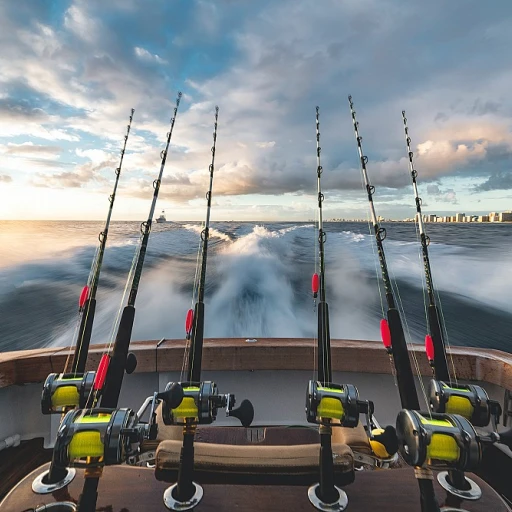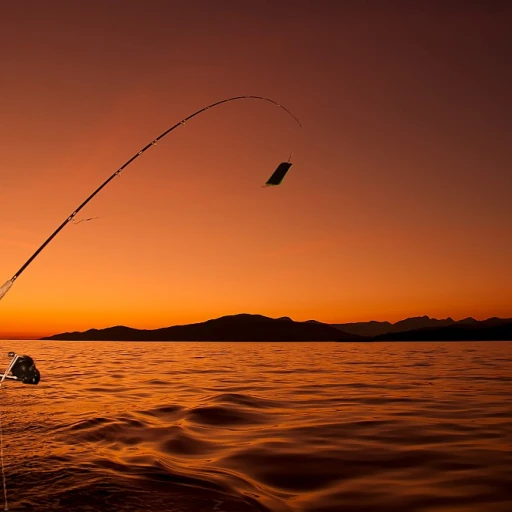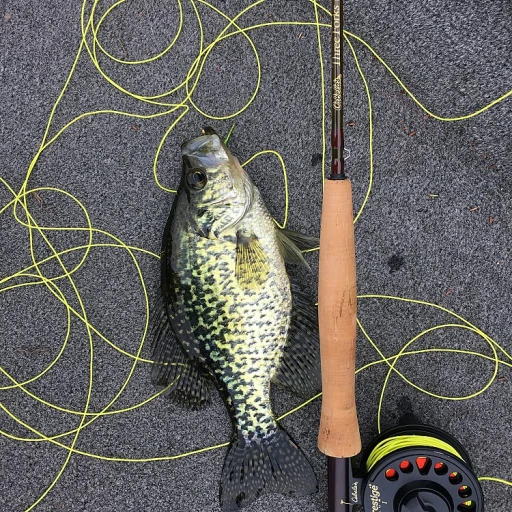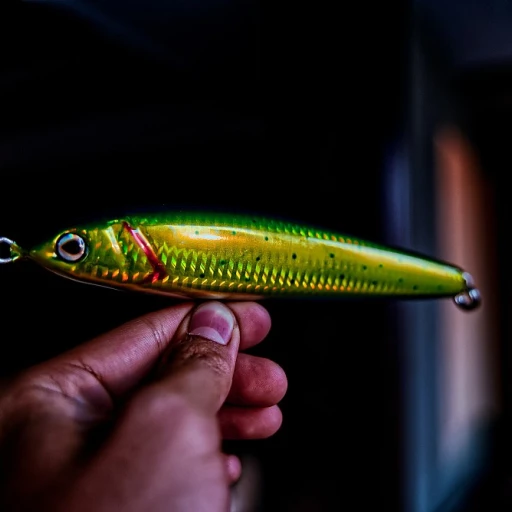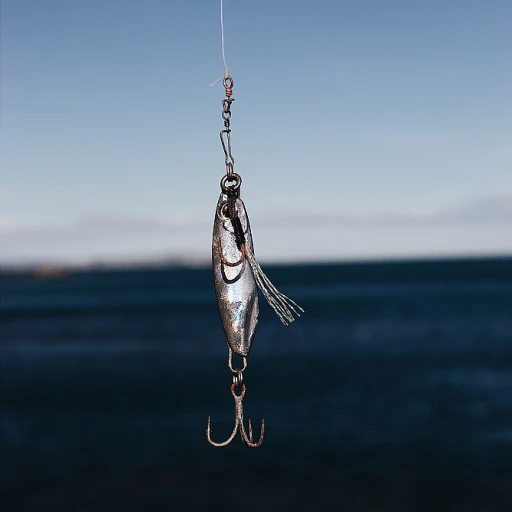
The Basics of Electrofishing Gear
The Foundation of Electrofishing Technology
Electrofishing is a sophisticated method used primarily for fisheries research and management, leveraging electric currents to temporarily stun fish for collection and study. At its core, electrofishing equipment works by generating an electrical field in water, which affects the movement of fish populations. The field is created using equipment like backpack electrofishers, electrofishing boats, and tote barges, each tailored to specific environments and fishery objectives. Electrofishing gearing systems include a variety of components and brands. A typical setup may comprise an electrofisher, which comes in forms like a backpack model or a boat-mounted device, a control box, and electrode poles. The electrofisher generates electrical pulses while the control box regulates the current's intensity, often allowing users to adjust the frequency and duration of the electrical field to suit varying water conductivity and fish species. Backpack electrofishing units, for instance, are suitable for shallow streams and restricted areas, making them pivotal for small-scale ecological studies. In contrast, boat-mounted systems serve larger bodies of water, providing a broad sweep of the water column. Renowned brands like ETS Electrofishing and Smith-Root are prominent names in the field, offering a range of systems to meet specific research needs. Safety is paramount in electrofishing, given the inherent risks associated with using electricity in water. Proper knowledge and training are essential to operate these systems safely and effectively, ensuring both the safety of the operators and the minimal impact on fish communities. As understanding and awareness of electrofishing expand, it's also crucial to recognize its significant role in conservation and fishery management. It provides a means to collect critical data without causing harm to fish populations, thereby aiding long-term ecological assessments and policy formulation. For those interested in deepening their fishing experience with advanced gear, incorporating tools like abel pliers may enhance the overall fishing journey.Key Components of Electrofishing Equipment
Components that Make a Difference
Delving into the intricate world of electrofishing equipment, several key components emerge as essential for successful fishing operations. Whether you're opting for a backpack, boat-mounted, or tote barge system, understanding these elements is paramount. Firstly, the control box acts as the central hub, managing the power flow and ensuring the system's safety. It's equipped with settings to adjust the electrofisher's power output, adapting to various conditions. In conjunction, the electrode poles extend from the equipment to the water, introducing the electric current necessary to effectively stun and capture fish. Their design and material often impact the equipment's efficiency and compatibility with different water conductivities. When exploring electrofishing boats, it’s important to note that these come with their own specialized gear, including boat-mounted electrofishing systems and power sources like the inverter. These are typically larger and cater to wider areas, making them ideal for research or conservation efforts when larger fish populations are being studied. On the personal scale, backpack electrofishers offer portability and convenience, being particularly useful in shallow or more isolated water bodies. Lightweight yet powerful enough to get the job done, these systems vary in price, typically influenced by brand reputation and the sophistication of the equipment. A renowned name in this field is Smith-Root; its electrofishing systems have set industry standards thanks to their durability and versatility across various states and water conditions. As these components highlight the technical sophistication of electrofishing equipment, it becomes evident that having the right knowledge about these items can greatly enhance your fishing pursuits. The choice of components often opens a window to broader applications, from environmental surveys to recreational fishing. For those invested in recreational and professional fishing, understanding these key facets is as crucial as your daily gear. Additionally, consider enhancing your fishing experience with essential accessories that boost your effectiveness and safety during fishing expeditions.Safety Considerations for Electrofishing
Prioritizing Safety in Electrofishing Activities
When it comes to electrofishing, prioritizing safety is crucial for both the operator and the surrounding environment. The equipment used, whether it’s backpack electrofishing gear or an electrofishing boat, involves the use of electricity in a water setting, which inherently poses risks. Understanding and addressing these risks is essential to ensure safe and effective operations.
One of the primary concerns is the potential for electric shock. To mitigate this risk, the use of high-quality electrofishing systems that include reliable insulation and grounding is imperative. Systems manufactured by reputable brands such as Smith Root and ETS Electrofishing often incorporate these safety features, making them a preferred choice for professional use.
In addition to equipment quality, it is vital to employ correct operation techniques. This includes maintaining a safe distance from the electrode poles, sticking to recommended power settings of the control box based on water conductivity, and ensuring all crew members are briefed on safety protocols. Wearing appropriate personal protective equipment, like rubber gloves and boots, adds an additional layer of safety when handling electrofishing equipment.
Furthermore, before any fishing activity, a thorough assessment of the fishing site conditions is essential. Understanding the conductivity of the water and adjusting the settings of the electrofisher accordingly ensures not only the safety of the operators but also the effectiveness in stunning the fish populations. Proper training, periodic equipment maintenance, and adherence to local regulatory requirements can greatly enhance the safe handling of both backpack and boat-mounted setups.
Electrofishing plays a significant role in conservation efforts, as discussed in other sections, and ensuring safety is fundamental to maintaining its integrity as a method for monitoring and managing fish populations across diverse environments. Regular updates to equipment and training, alongside the knowledge sharing within the community, can help address the challenges that come with operating in states with varying environmental conditions and regulations.
The Role of Electrofishing in Conservation
Contribution to Conservation Efforts
Electrofishing plays a critical role in conserving aquatic ecosystems. By employing specific electrofishing equipment, such as backpack electrofishers or electrofishing boats, researchers and conservationists gain valuable insights into fish populations and their health. This method allows for a non-destructive way to assess these populations, as it temporarily stuns the fish without causing long-term harm.
In areas where traditional fishing methods may not be feasible due to water conductivity or other environmental factors, electrofishing systems, including brands like Smith Root and ETS, open a window into understanding local fish populations. These observations can help guide conservation practices and inform regulations to ensure sustainable fishing practices.
For example, in certain states, the use of boat mounted electrofishing equipment helps identify endangered species, assisting in their protection and the maintenance of biodiversity. This technique is also pivotal in habitat restoration projects where the evaluation of fish numbers and health is necessary before specific interventions are implemented.
Many systems, such as the tote barge and barge electrofishing configurations, offer versatility in various aquatic environments, supporting conservation efforts across different regions. As these technologies continue to advance, their prices remain accessible to a broader audience, promoting their ongoing adoption in conservation initiatives.
Challenges and Regulations in Electrofishing
Navigating the Complex Landscape of Electrofishing
For enthusiasts and professionals alike, understanding the challenges and regulations associated with electrofishing is crucial. While electrofishing offers effective fish population assessment, it requires adherence to a host of rules and obstacles that vary across regions and equipment types.
One primary challenge is managing water conductivity, which can significantly impact the effectiveness of the electrofishing equipment. Conductivity determines how electric currents are transmitted through water. Therefore, equipment like inverter and control box need to be carefully calibrated to optimize performance.
Moreover, each piece of equipment, whether it's a backpack electrofisher or a boat electrofishing system, requires maintenance and an understanding of its specific brand specifications. Popular brands such as Smith-Root, known for their electrofishing boats and systems, often provide guidelines for optimal use. Yet, these items come with varying price points and capabilities, reflecting the complexity and sophistication of the gear on sale.
Regulatory compliance is equally vital, especially within different states. Rules might govern who can conduct electrofishing, the types of environments suitable for its use, and even the specific parameters within which the equipment, such as the light stunner or electrode pole, must be operated. This environment of varying regulations opens a window to potential liabilities, making it essential to remain informed and compliant.
There is also the consideration of electrofishing more sensitive settings, such as with barge electrofishing or tote barge setups, which may require specific knowledge of both the machine and the water in which it operates. Proper training and familiarity with the electrofishing systems' capabilities can reduce the risks involved.
Overall, while the technology offers an invaluable tool for understanding fish populations and contributing to conservation efforts, the landscape of challenges and regulations must be thoroughly navigated to ensure both safety and effectiveness. Resources like the Choosing the Right Propeller for Your Boat guide offer additional insights into equipment nuances for better preparation.
Choosing the Right Electrofishing Gear
Factors to Consider When Selecting Electrofishing Gear
Choosing the right electrofishing gear is crucial as it influences the effectiveness and safety of operations. Here's a comprehensive guide for enthusiasts looking to make informed choices:- Type of Electrofishing System: Consider whether you need a backpack electrofisher, boat-mounted system, or a barge electrofishing setup. Backpack systems are suitable for small streams, while boat-mounted and barge setups are ideal for larger bodies of water such as lakes and rivers.
- Water Conductivity: Understanding the water conductivity is essential as it affects the efficiency of electrofishing. Equipment with adjustable settings for various conductivity levels, like those from Essex and Smith-Root, can enhance performance.
- Power Source and Inverter: Evaluate the power requirements and the type of inverter used. Efficient power management is crucial for both backpack and boat electrofishing systems to ensure prolonged operation and reliable fish stunning without excessive energy use.
- Brand and Quality: Reputable brands like Smith-Root and ETS Electrofishing offer reliable equipment with proven track records. Investing in quality gear ensures durability and efficiency, essential for frequent use in varying conditions.
- Control Box and Electrode Pole: The control box should be user-friendly, allowing for easy adjustments. Electrode poles must be lightweight yet durable to handle frequent use in diverse aquatic environments.
- Safety Features: Prioritize systems with built-in safety mechanisms to protect users from electrical hazards. Ensuring all safety checks and protocols are followed can significantly reduce risks associated with electrofishing activities.
- Budget and Availability: While budget constraints are always a consideration, the price should not compromise quality and safety. Checking for sales and offers on reputable websites can help acquire good gear at competitive prices. Ensure the chosen equipment is available and suitable for use in the specific states or regions you'll be operating in.

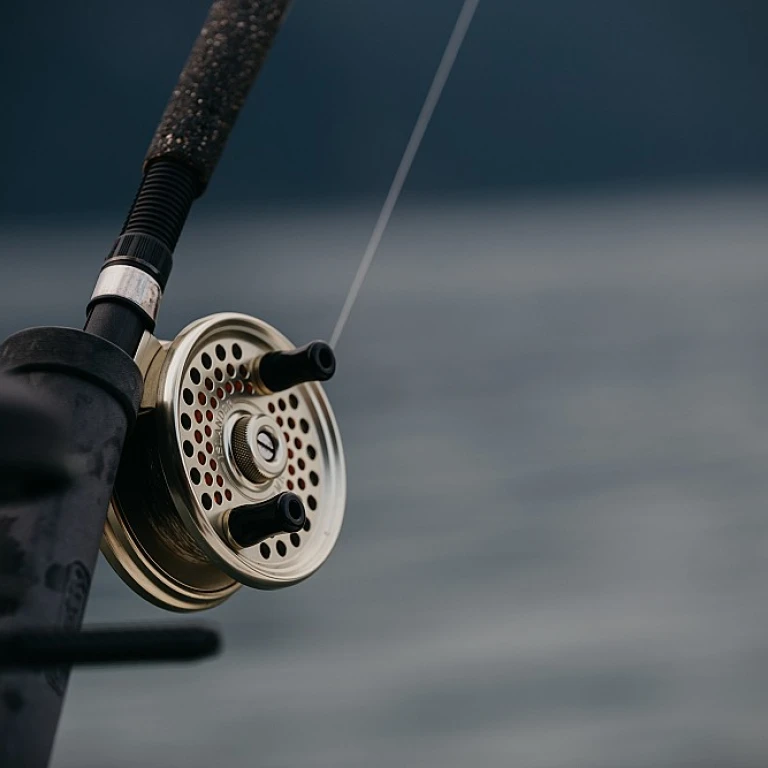
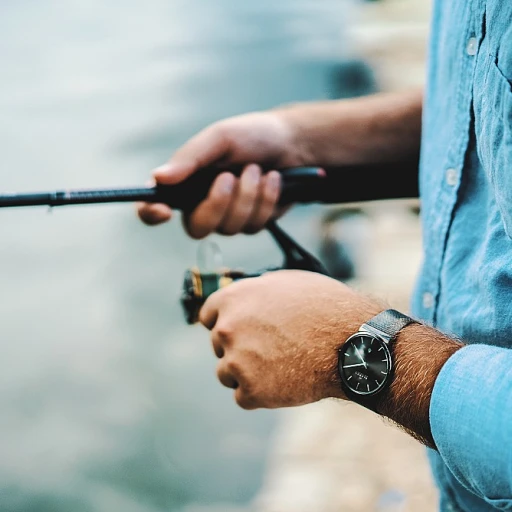
-large-teaser.webp)


